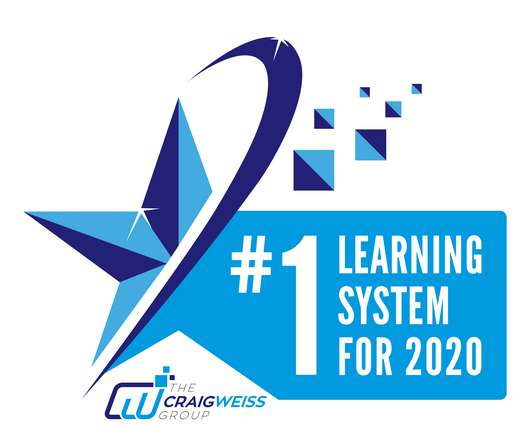eLearning Glossary
Ed App
FEBRUARY 27, 2020
The Ebbinghaus Curve , also known as the Ebbinghaus Forgetting Curve, was developed by Hermann Ebbinhaus in an effort to illustrate how the brain processes information. It enables learners to add their own point of view and empowers learners to share and learn from each other. . Spaced Learning. Ebbinghaus Curve. Gamification.




















Let's personalize your content